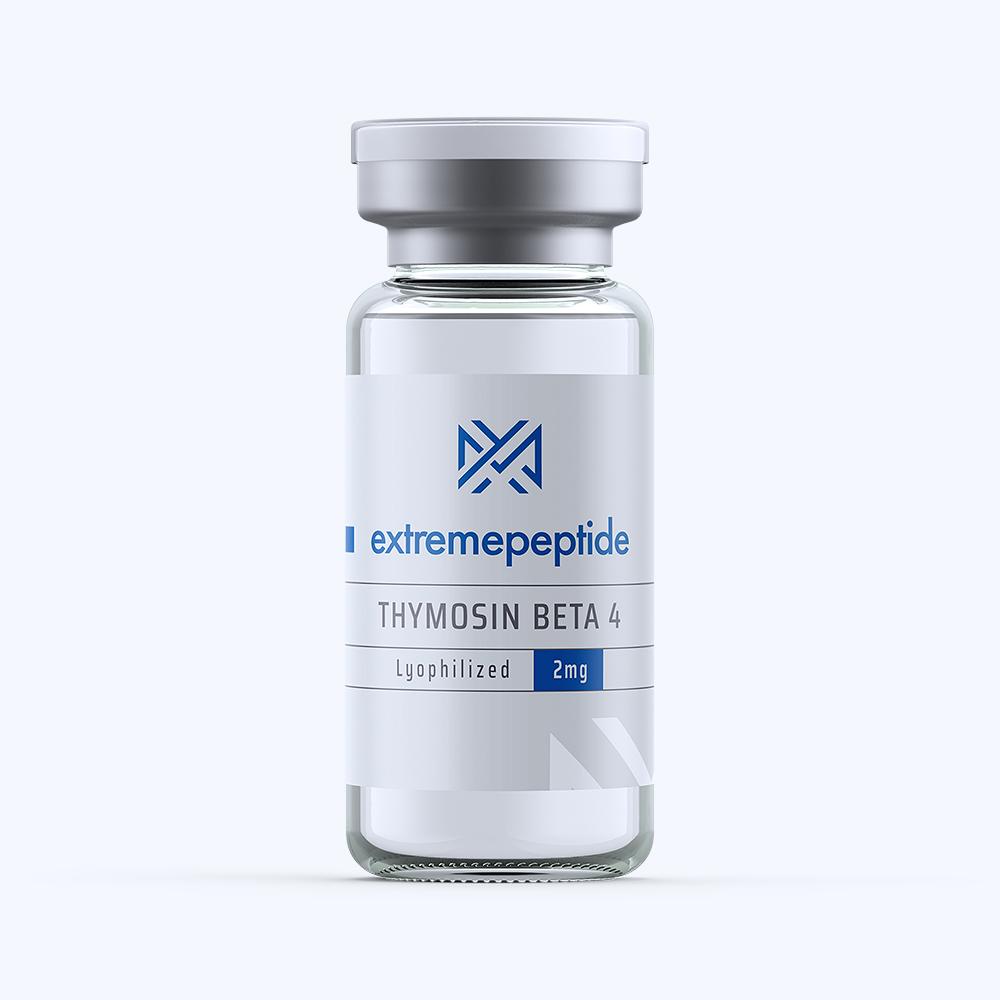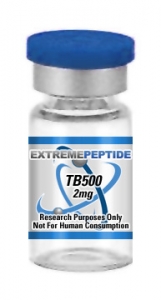(Click here to read our disclaimer)
Thymosin (also known as tb500) is a code for a synthesized protein TMSB4X that is encoded in the human gene code. This protein is made up of 43 amino acids that help to encode actin sequestering proteins that play a role in cell differentiation, proliferation and migration. The natural form of this protein escapes X inactivation which means it has a homolog on the Y chromosome.
A number of past and present clinical trials have worked to determine the functions of thymosin, to better understand how synthesized versions of this chemical could be used in future research or medical applications. Some research has indicated that applying thymosin after a heart attack could help the body reactivate the cardiac progenitor cells which would help to repair the heart tissue that had been damaged.
However, the potential side effects or risks of applying thymosin to human test subjects are still being researched.
Roles of Thymosin in a Natural Setting
 Research hopes to mimic the effects of thymosin beta 4 so it will mimic the effects of the natural protein that is found in humans.
Research hopes to mimic the effects of thymosin beta 4 so it will mimic the effects of the natural protein that is found in humans.
- Research has determined that applying thymosin beta 4 to animal test subjects promotes the formation of blood vessels, migration of cells, survival of certain cells, maturation of stem cells, and lowering the animal’s bodily production of pro-inflammatory cytokines.
- Trials are focusing on finding uses for thymosin beta 4 that take advantage of these properties. Investigations into applying thymosin to wounds of the cornea, skin and heart are ongoing with animal test subjects.
- Test subjects with male animals have noted that thymosin beta 4 can be detected in the urine, which may help researchers determine the presence and aggressiveness of a prostate tumor.
Research in Glasgow found that applying thymosin beta 4 with sulfoxide increased the peptide’s ability to act as an anti-inflammatory agent in animal tissue. This has been found to lower the symptoms of a bacterial infection and the adhesion of these ‘bacterial to endothelial’ cells.
Biological Activities of Thymosin Beta 4
Repeat proteins of thymosin beta 4 have been found to resemble the monomeric forms that allow it to bind to actin.
- When this sequence was studied on Ciboulot fruit flies, this actin binding filament helped researchers monitor sequestration.
- Further investigations with sea slugs showed that these repeating proteins enhanced the sensory neurons in the pathway of a conditioned stimulous.
Applying the phosphorylation of Csp24, along with thymosin beta 4, was found to mimic the post-translational modifications of several proteins related to the cytoskeleton that helped to contribute to the actin-filament dynamics. This encouraged a response too in these cells which allowed for structural remodeling.
Thymosin is available online in wholesale and individually packaged vials. Applications for each of these chemical packs are designed to work with a specific type of test subjects that will be exposed to this chemical. It is important to read the instructions on this kit to determine the appropriate application size, given the size of the animals being used for research.
Click here to view our entire PDF research library
Click here to view/download the PDF version of this article
